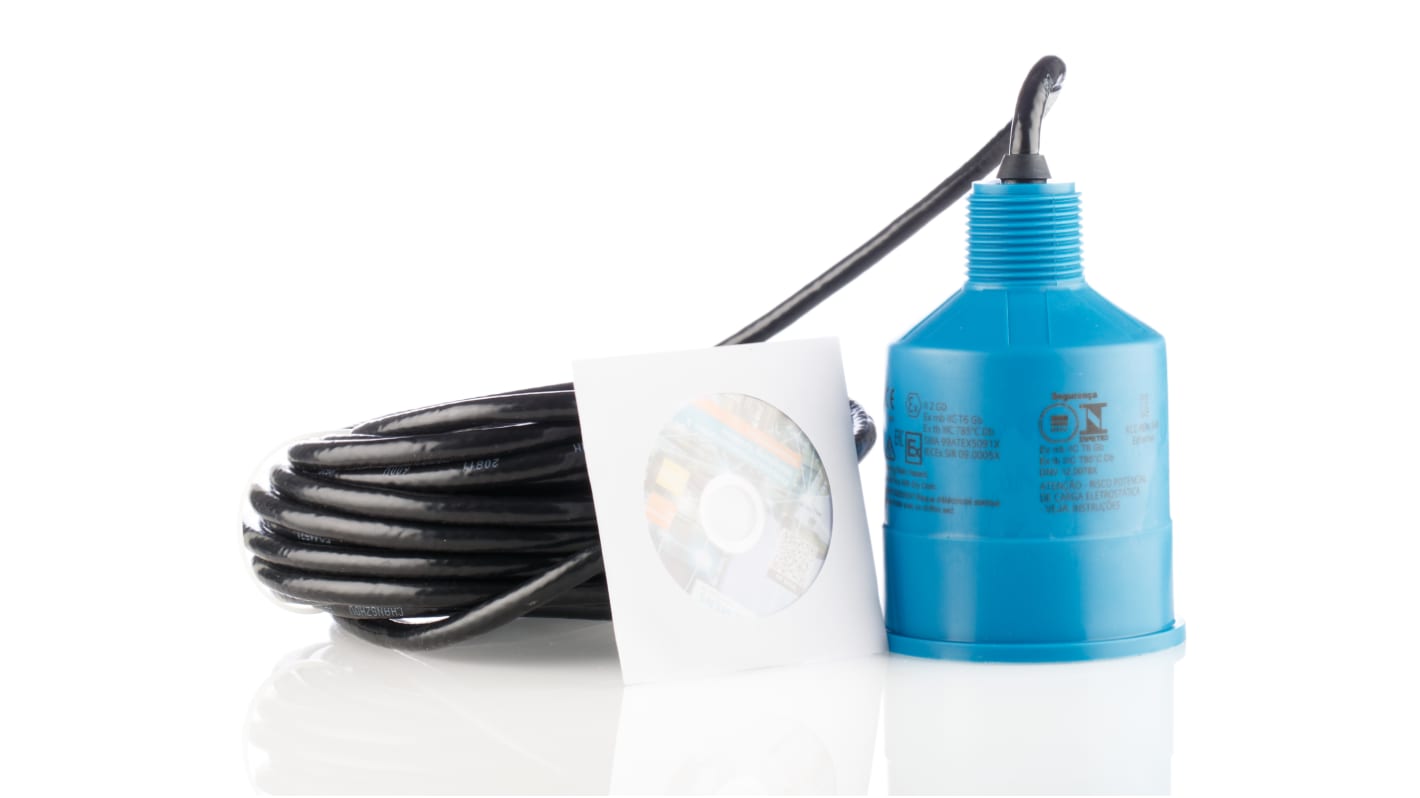Siemens XRS-5 Series Ultrasonic Level Ultrasonic, ATEX-Rated
- RS Stock No.:
- 804-4140
- Mfr. Part No.:
- 7ML1106-2BA200A
- Brand:
- Siemens

Subtotal (1 unit)*
£620.14
(exc. VAT)
£744.17
(inc. VAT)
FREE delivery for orders over £50.00
In Stock
- 4 unit(s) ready to ship
- Plus 1 unit(s) ready to ship from another location
Need more? Click ‘Check delivery dates’ to find extra stock and lead times.
Units | Per unit |
|---|---|
| 1 + | £620.14 |
*price indicative
- RS Stock No.:
- 804-4140
- Mfr. Part No.:
- 7ML1106-2BA200A
- Brand:
- Siemens
Specifications
Technical Reference
Legislation and Compliance
Product Details
Find similar products by selecting one or more attributes.
Select all | Attribute | Value |
|---|---|---|
| Brand | Siemens | |
| Device Type | Ultrasonic | |
| Cable Length | 10m | |
| Minimum Operating Temperature | -20°C | |
| Maximum Operating Temperature | +65°C | |
| Hazardous Area Certification | ATEX | |
| Series | XRS-5 | |
| Standards Met | CE, CSA | |
| Select all | ||
|---|---|---|
Brand Siemens | ||
Device Type Ultrasonic | ||
Cable Length 10m | ||
Minimum Operating Temperature -20°C | ||
Maximum Operating Temperature +65°C | ||
Hazardous Area Certification ATEX | ||
Series XRS-5 | ||
Standards Met CE, CSA | ||
- COO (Country of Origin):
- CN
Siemens Ultrasonic Level Transducer, 10m Cable, 0.3 to 8m Measuring Range - XRS-5 Series - 7ML1106-2BA200A
Measure the level of liquids and slurries in a tank using this ultrasonic level transducer from Siemens. It works by emitting ultrasonic sound pulses that bounce off the surface of the liquid. By measuring the time the pulses take to reach the surface and return to the sensor, it determines the level. The PVDF (polyvinylidene fluoride) copolymer enclosure and CSM (chlorosulfonated polyethylene) rubber face are resistant to chemicals, methane and saltwater, making this transducer safe for wastewater installations. Thanks to its beam angle of just 10°, it fits easily into narrow wet wells. The unit comes with a 10m cable for convenient long-range measurement.
• Broad operating temperature range between -20°C and +65°C to withstand demanding environments
• Cable is shielded to prevent signal interference
• Measuring range of 0.3 to 8m for versatile operation
• Cable is shielded to prevent signal interference
• Measuring range of 0.3 to 8m for versatile operation
What environmental factors do I need to consider when using this transducer?
Multiple external factors ranging from temperature, turbulence, pressure and moisture can affect the transducer's readings. It's advisable to take these aspects into consideration to ensure you get an accurate measurement. This transducer already has an integral temperature sensor to regulate fluctuations in heat.
Related links
- Siemens Echomax XPS Series Ultrasonic Level Ultrasonic, ATEX-Rated
- Vega VEGASON 61 Series Ultrasonic Level Probe ATEX-Rated
- Vega VEGASON 61 Series Ultrasonic Level Probe Plastic Body, ATEX-Rated
- Vega VEGASON 61 Series Vibrating Rod Ultrasonic Level Sensor ATEX-Rated
- Siemens Ultrasonic Level Transmitter PC Body, ATEX-Rated
- Siemens Echomax XPS Series Ultrasonic Level Ultrasonic
- Endress+Hauser FMU30 Series Ultrasonic Ultrasonic Level Sensor Wall Mount ATEX,
- Vega PS6X Series Ultrasonic/Radar Level Radar 316 Stainless Steel Body, ATEX-Rated
